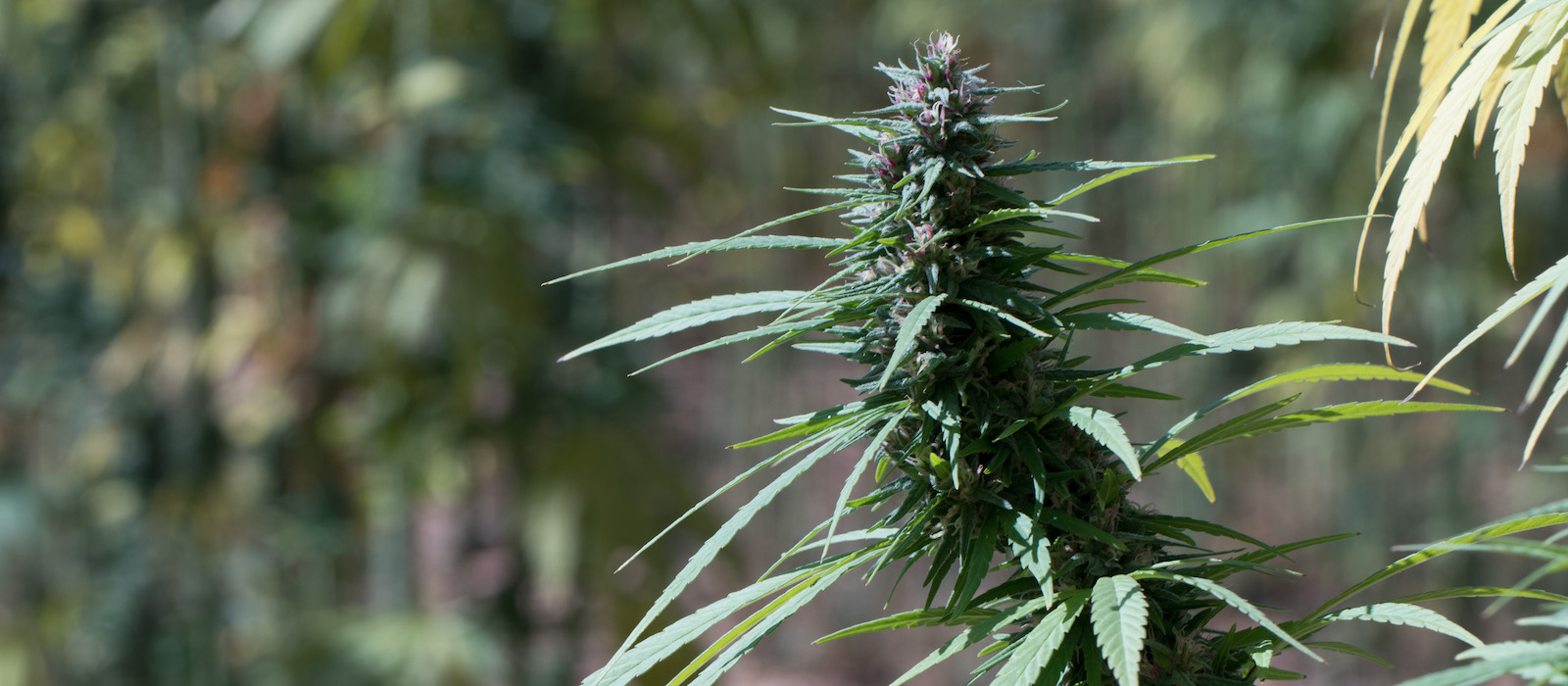- Indigenous cannabis strains, known as "landraces", have evolved over centuries to adapt to human needs and to their geographical environment, forming the genetic foundation of many modern strains.
- Over the years, the globalisation and prohibition of cannabis have endangered the survival of these strains, as they’ve been replaced by commercial hybrids that, contrary to what it may seem, have reduced genetic diversity.
- We explore the impact of this loss of genetic diversity and the importance of protecting and revitalising landraces for the future of cannabis cultivation.

Since ancient times, cannabis has been transported by humans through diverse ecosystems, with each culture demanding different uses of the plant, such as food, fibre, or medicine. This has led cannabis plants to evolve alongside humans for millennia, establishing a close relationship that continues to this day.
As these seeds were exposed to new environments, they developed remarkable genetic diversity, adapting to the local demands imposed by growers and consumers. This is how landraces were born, also known as indigenous varieties or local strains, which evolved under localised selective pressures and thrived in specific geographical areas.
This diversity not only allowed them to adapt to particular environments but also ensured their dynamism, that is, their ability to keep evolving and adapting to new selective challenges.
The Genetic Diversity that was Blown Away by the Wind of Prohibition
Unlike other plants, cannabis does not self-pollinate. Most plants are either male or female, meaning two distinct plants are required to produce a seed. Pollen is carried by the wind; and, due to open pollination, one male can fertilise several females, while one female can be pollinated by multiple males. This cross-pollination process promotes genetic variability, as it mixes the genomes of different individuals into the next generation, fostering vital genomic diversity.
Open pollination in geographically isolated areas allowed cannabis populations to develop a wide range of characteristics, accentuating traits that distinguished one local strain from another. While sexual reproduction promotes genetic variability and evolutionary change, asexual reproduction, such as through cuttings, locks in a specific genetic set and halts evolution. Hybrid varieties and clones derived from them are now available worldwide, but this means we are not expanding the genetic pool of cannabis.
As cannabis spread around the world, its seeds contained exceptional genetic wealth which was the result of environmental pressure and human selection over generations. However, globalisation and the onset of prohibition policies in the first half of the 20th century changed the cannabis scene. Illicit drug trafficking took over production, and traditional small-scale growers stopped selecting plants for their best traits, leading to the mass production of low-quality cannabis to meet the demands of more and more users, thereby replacing traditional indigenous strains in many regions.
Over the years, this trend has led to the loss of many landraces, as unselected seeds replaced varieties that had evolved over centuries. Instead of continuing the tradition of selecting the best plants, large-scale production for export displaced local varieties that had been well-adapted to their specific geographical and cultural environments.

The Challenge of Modern Cannabis Cultivation
When strains are grown from seed and are relatively pure, they yield uniform and consistent crops with each planting cycle. In contrast, most of the varieties available on the market today are hybrids of different landraces, which generates genetic diversity within the crops but also presents challenges in terms of consistency across a wide range of characteristics that may vary from harvest to harvest.
One of the biggest challenges for modern growers is creating new varieties that are not only recognisable for their unique traits but also capable of reproducing those traits reliably. Cloning has become a common solution in today's growing, as it allows for the replication of plants with specific traits.
However, pure cannabis varieties are extremely difficult to establish due to the sheer number of crosses and genetic mixes that are made to create new strains. As a result, modern commercial cannabis crops largely depend on cuttings rather than seeds, and are grown in controlled environments, under artificial lighting, and without exposure to natural elements.
These varieties are selected to thrive in conditions far from natural selective forces, which can limit their adaptability to environmental changes, inevitably reducing genetic diversity. This could have long-term consequences and lead to problems like susceptibility to diseases and pests, which have already affected other agricultural crops in the past.
Such was the case of the infamous "Panama disease", or Fusarium wilt of banana, which occurred in the mid-20th century, when the resistance of the fungus to fungicides made this disease one of the most severe in the history of agriculture.
Although the fruits of wild bananas (Musa spp.) contain large, hard seeds, most edible bananas are seedless. Thus, banana plants are propagated asexually from shoots. Because these rhizomes generally show no symptoms, even when the plant is infected by the Fusarium oxysporum fungus, they provided a common means by which this pathogen spread. By 1950, it had reached all the banana-producing regions in the world, except for a few islands in the South Pacific.
The Need to Preserve Cannabis Heritage
In the future, clonal varieties are likely to remain the most viable option for large-scale production of cannabis flowers. But as the cannabis industry continues to grow, it may adopt practices from other horticultural industries, such as the use of in-vitro plants free from pathogens and pests, which could improve crop quality and consistency.
While asexual reproduction through cuttings offers advantages in terms of uniformity and production, it limits the genetic diversity needed to face future challenges. Sexual reproduction and proper genetic selection will remain essential to plant improvement, as this allows existing varieties to express their full potential in response to environmental and market pressures.
Despite advances in cannabis cultivation, landrace genes are still present in many modern varieties. If given the opportunity, these genes could be recombined to recover unique traits that have been lost. However, the real tragedy is not only the loss of local strains but also the disappearance of the traditional agricultural cultures that created them.
Protecting and multiplying the remaining indigenous strains is not only a duty to biodiversity but also a tribute to the growers who contributed to the development of this plant for centuries. Therefore, it is essential to preserve this legacy and allow landraces to be grown and selected once again by the communities that created them, restoring the value and diversity they once held.



Comments from our readers
There are no comments yet. Would you like to be the first?
Leave a comment!Did you like this post?
Your opinion about our seeds is very important to us and can help other users a lot (your email address won't be made public).